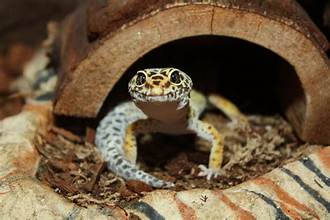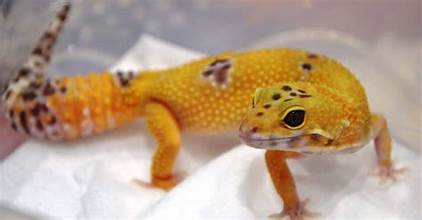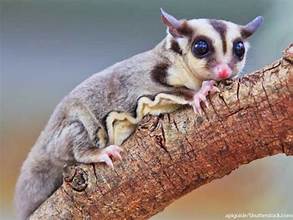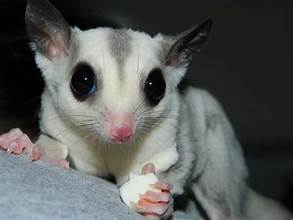Leopard Geckos are among one of the most popular pet reptiles. They are known for their calm nature, easy care requirements, and striking appearance. These nocturnal lizards have won the hearts of many reptile enthusiasts, making them an excellent choice for beginners and experienced keepers.
History and Origin of Leopard Geckos
Leopard Geckos (Eublepharis macularius) is native to the arid regions of Afghanistan, Pakistan, India, and Iran. They thrive in dry, rocky habitats with sparse vegetation. Their distinctive spotted pattern, which resembles a leopard, gives them their name. Unlike many other gecko species, Leopard Geckos have movable eyelids, which help protect their eyes from the dusty environments they naturally inhabit.
Leopard geckos have been bred in captivity since the 1970s, and various color morphs have become available. Today, Leopard Geckos are one of the most commonly bred reptiles in the pet trade, with morphs ranging from the classic yellow and black spots to more exotic varieties like albino, tangerine, and blizzard.
Essential Care Requirements for Leopard Geckos
1. Habitat and Enclosure Setup
Creating a pleasant habitat for your Leopard Gecko is crucial to its health and well-being. A 20-gallon tank is ideal for a single adult, providing enough space for exploration. The tank must have a secure lid to prevent escapes.

Substrate:
Avoid loose substrates like sand, which can cause impaction if ingested. Instead, opt for reptile carpets, paper towels, or tiles for easy cleaning.
Temperature and Humidity:
Leopard Geckos require a temperature in their enclosure, with a warm side ranging from 88°F to 92°F and a cool side around 75°F. Use an under-tank heater or heat mat to achieve this. Humidity should be kept low, around 30-40%, with a humid hide to aid in shedding.
2. Diet and Feeding
Leopard Geckos are insectivores, primarily feeding on live insects. Their diet should include various appropriately sized crickets, mealworms, and dubia roaches. Dusting calcium powder on insects and taking vitamin D3 supplements are essential to prevent metabolic bone disease.

Feeding Schedule:
You should feed juvenile leopard geckos daily; you can feed adults every other day. Always provide fresh water in a shallow dish.
3. Health and Common Medical Issues
Leopard Geckos are generally hardy reptiles but can be prone to specific medical issues, especially if their care requirements are unmet. Understanding these potential problems can help you prevent and address them promptly.
Metabolic Bone Disease (MBD):
This is a common issue caused by a lack of calcium and vitamin D3. Symptoms include soft, pliable bones, lethargy, and difficulty moving. Prevention is critical, so ensure proper supplementation and UVB lighting if needed.

Respiratory Infections:
These can occur if the enclosure is too cold or humid. Symptoms include wheezing, mucus around the nostrils, and open-mouth breathing. Keeping the correct temperature and humidity levels can prevent respiratory infections.
Impaction:
It can occur when a gecko ingests something it cannot digest, such as sand or giant insects. Symptoms include lack of appetite and lethargy. Avoiding loose substrates and feeding appropriately sized prey can help prevent this condition.
Shedding Problems:
Leopard Geckos shed their skin regularly; incomplete shed can cause issues like retained eye caps or stuck sheds around the toes. Providing a humid hide and monitoring their sheds can prevent these problems.
4. Temperament and Handling
Leopard Geckos are known for their docile and calm temperament, making them excellent pets for handling. However, it’s essential to approach them gently and avoid sudden movements. Regular, gentle handling can help your gecko become more comfortable with human interaction.
Conclusion
Leopard Geckos are an excellent choice for anyone interested in owning a reptile. Their manageable care requirements and friendly nature make them ideal for beginners and experienced keepers alike. You can ensure your Leopard Gecko lives long and healthy by providing a proper habitat, a balanced diet, and regular health monitoring.
By understanding leopard geckos’ specific needs and potential health concerns, you’ll be well-equipped to provide the best care possible for your scaly friend.




